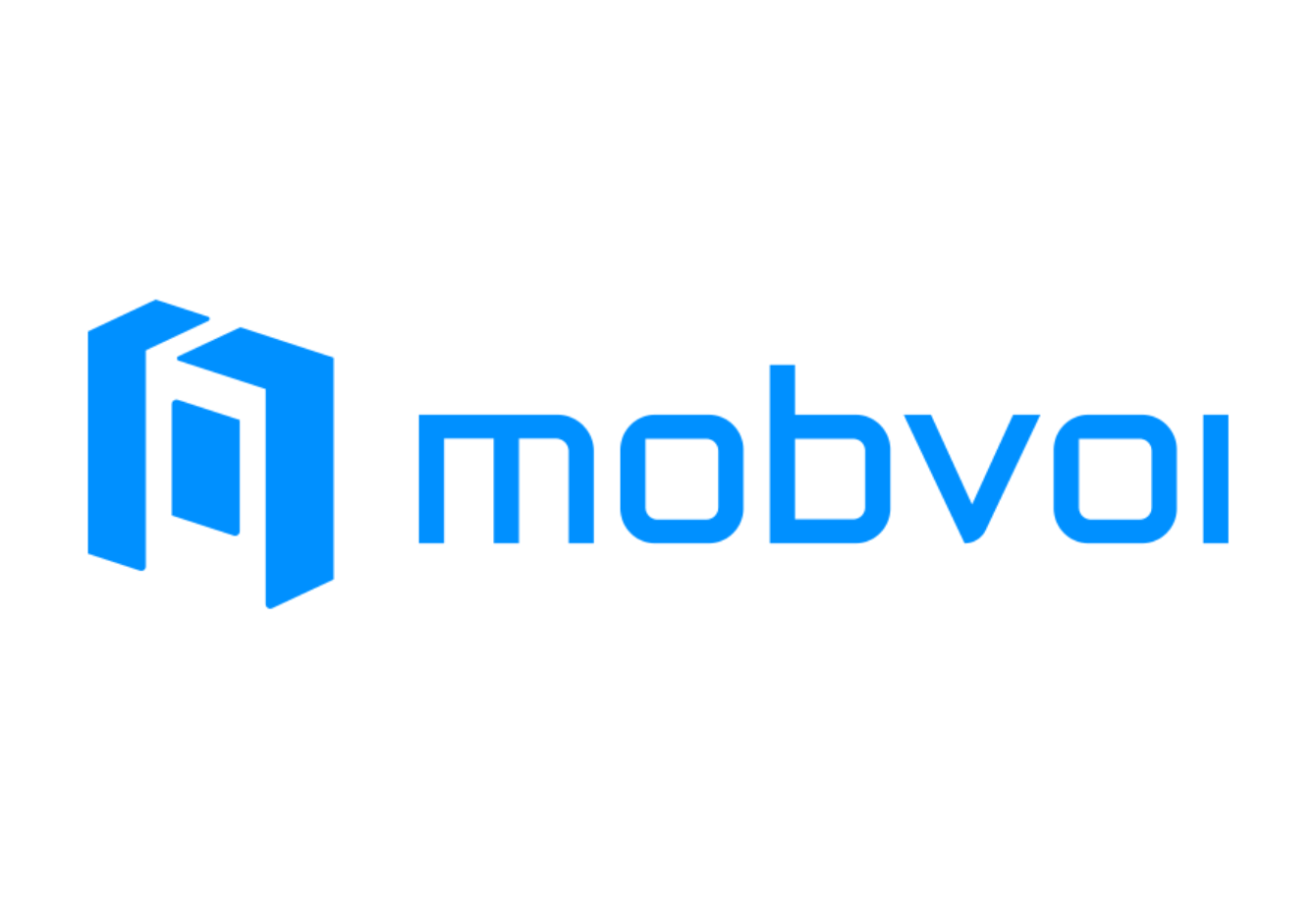Is there even such a thing as storytelling in advertising? As industry professionals, we are obliged to say yes to that question. Not because we have to (we do). Not because we want to automatically (we do). But simply because it is unfair to say otherwise.
Whatever your stance is on advertising, whether you truly watch, read or, pay any attention to ads these days, a significant amount of craft does go into it. This is, frankly, undeniable and it would be ridiculous for us to say otherwise.
The purpose of advertising in its most basic concept is to provide information to an audience about a specific service, event, or product. Does that happen? Of course, it does. But how does that involve storytelling?
In the first of a two-part breakdown, let’s start by looking at some of the most common elements of storytelling and see how they are applied to advertising.
Even Basic Advertising Has Some Elements Of Storytelling
Whatever the format of advertising; print, film, or audio, the same fundamentals of storytelling must always apply. There isn’t any need to wax poetically about artistic expression but, simply put, if you don’t share even the most basic details about what you’re advertising, then why share anything at all?
If you’re selling a product, the audience will want to know who made it, as well as what it does. Does your ad promote luxury stays in exotic locations? Better mention where they are, when you can go and, how you can get there (even if that might be a little difficult during a pandemic!).
All of these are essential to the art of storytelling. The order in which you rank them or, choose to present them is not necessarily the be-all and end-all of a successful story.
When it comes to advertising, the most essential element which must be presented in any ad is why. Why do I want this? Should I buy this? Why should I use this service? Why should I choose you, your company, your product, or your service over a dozen other competing brands? It is no secret that establishing a want for whatever you’re advertising is the key to selling it. But is it just about persuasion?
The Most Persuasive Man On The Internet
Offer Shlomi left High School at 17 and emigrated to the United States from Israel a short time after. Dreams of being a successful comedian led him to change his name to Vince Offer, but by the early 2000s, poor Vince was filing for bankruptcy.
Instead of becoming a comedian, Vince got in on product demonstrations, enjoying some considerable success selling the cleaning towel, ShamWow! But in 2009, Vince hit the big time with the now-iconic presentation of this household favourite, for which he is probably best known.
Today, Slap Chops are still sold across Europe and North America. The ad which you just watched was trending at the end of 2019 and the beginning of 2020 thanks to its appearance in the advertising slots on YouTube. Needless to say, it made Vince a fair few dollars also.
Vince’s pitch is as entertaining as it is persuasive. His aggressive, yet playful demeanor is engaging and he clearly, showcases all those basic storytelling points mentioned earlier. Vince establishes; what the product is, how to use it when to use it, what to use it for, and crucially, why you should use it.
Vince levels up his product over any coemption in the ad, by comparing the Slap Chop to similar products and, visually demonstrating how much more practical the Slap Chop is. The product is what we would define today as a life-hack. It is a simple tool designed for a simple task; saving time and effort.
But, would a similar pitch have the same amount of success if Vince was trying to advertise an item or service which had a different value? Time and effort are two very real concepts that we, as ordinary people and regular consumers, value a lot. But they are not the only values we have.
Powers Of Persuasion Have Limits
Would you opt for business insurance from Vince if he was pitching it to you in the same manner? Would you take out a mortgage with a lender or company that Vince was promoting the services of? There is a reason why Vince still turns his talents to product demos and is not in constant demand elsewhere.
His pitch and his ability to persuade an audience do have limits. Establishing a want or need based on something physical, like saving time or effort making dinner, is not enough for every ad campaign to succeed. Sometimes, such concepts are completely unsuited to the product or service being advertised.
Arguing with or, attempting to persuade someone into your way of thinking isn’t enough. You cannot keep telling someone they want something until they decide they do want it. Those other values we just mentioned people have? Security, comfort, satisfaction, are just a few of the complex values that tie into human emotion and they all will get in the way of any attempt to sway anyone else into investing in whatever you’re advertising.
The most important value and arguably the most difficult one to get around, however, is simple, happiness. We only ever want what we think will make us happy, irrelevant of how long that may be for. Persuading someone to feel happy or that what they have just looked at might bring them happiness, is one of the toughest parts of advertising.
This is exactly where storytelling comes back into the conversation.
The Importance Of Storytelling In Advertising
Emotions play a massive part in our everyday lives. Our mood dictates a lot about how our day pans out. How productive we are, who we see, and how we interact with others. Happiness for advertising purposes is the equivalent to white gold if you can successfully mine that particular emotion in your target audience.
But how do we cultivate that? How do we build a feeling of happiness in our audience as the result of our advertising? If we turn to psychology, numerous studies have debated the impact that storytelling has on memory and emotion. According to some studies, we are far more likely to remember a message when it forms a part of a larger story.
In some cases, we are even more likely to remember the story surrounding a message, rather than the message itself. Anyone else who still has half-remembered nursery rhymes stuck in their heads from childhood should understand that precisely. What’s more, certain stories we hear have the potential to reawaken old emotions within us.
Here is the difference between good storytelling in advertising and great storytelling in advertising. Making an advertisement more than just a story and instead, something that draws on our emotions, both past, and present.
How do you make cars stand out in this day and age? What can you do when you’re one company amongst two dozen others, competing in the same market, essentially making the same product, every year? What do you do to make your product, stand out against your competitors?
If you’re Renault in 2019, you don’t.
Rather than making a slick, visual courtship for your car by attempting to objectify every angle of it, capturing its performance and high-tech capability, you almost remove it from the ad entirely. You don’t focus on giving your audience reasons to buy the car because of the car itself, but how much joy it will bring them through the experiences they’ll have with it.
Triumphs, through storytelling.
This ad certainly does triumph through storytelling. It is a fantastic love letter to a model who will undoubtedly, have played such a big part in so many people’s lives for 30 years. It relentlessly pulls and tugs at heartstrings, encouraging shared emotion through the shared experiences we see on screen.
We do not all need to be two young girls falling in love. We don’t need to be in France. And, we don’t need to go through all the experiences our two protagonists do. Their emotion, their journey, is something we can all share and perhaps, we already have. The car is not hidden, it’s still there. But you just know what place it has and where it should be.
How does this sell the car? It sells the car because you’re not thinking about the car anymore. You’re thinking about all the shared and similar experiences you have had in your life. The next time you see a Renault, never mind a Clio, you’re going to be thinking about this ad and the way it made you feel.
That’s what sells the car and that’s exactly why the ad is conceived. Not to make you buy the car for that reason alone, but to invest in the experience you’ll have and share with it. The ad taps not only into the good times but the hard times and the bad. It isn’t pure nostalgia because it draws as much on negative emotion as it does positive.
The comparisons we made between advertisements may not seem fair, but there is no better way to showcase the power of storytelling in advertising. How you approach your ad and your audience is essential, but through the medium of storytelling, your power to reach an audience can increase dramatically.
We continue to look at the power of storytelling in advertising in our follow up to this post. Where we will look further into the power of emotion, and if style can triumph over storytelling substance.








